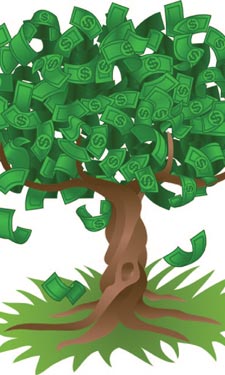 100 to 1: The return on investment from protecting open space for public benefit. (Ecosystem services such as water filtration and climate change protection were among the key economic benefits calculated in a study by the University of Vermont’s Gund Institute for Ecological Economies.)
100 to 1: The return on investment from protecting open space for public benefit. (Ecosystem services such as water filtration and climate change protection were among the key economic benefits calculated in a study by the University of Vermont’s Gund Institute for Ecological Economies.)
$173.5 million: The amount of money spent on wildlife viewing in one year in Pima County, Arizona.
3,196: The number of jobs associated with the money spent on wildlife viewing in Pima County.
$90.7 million: The amount in annual salaries associated with those jobs.
11.4: The average number of jobs created per $1 million spent on the construction of cycling infrastructure, according to a study by the Political Economy Research Institute at the University of Massachusetts Amherst.
7.8: The average number of jobs created per $1 million spent on the construction of road infrastructure (according to the U.V. study).
$2.74 billion: The annual economic benefit of the state parks in Long Island, New York, as calculated by a 2010 study by the Trust for Public Land.
8: The number of times more costly a new residential area in Long Island is to the public than conserving its parks and public space (according to the 2010 TPL study).
57: The 2011 percentage decrease in gang-related homicides in areas of Los Angeles surrounding parks participating in the “Summer Night Lights” anti-gang programming initiative. The initiative involved longer park hours, extensive programming, and free food.
55: The 2011 decrease in gunfire in neighborhoods surrounding the Summer Night Lights park programs.
45: The 2011 decrease in number of victims shot in those Los Angeles neighborhoods.
51: The percentage of participants in community gardening programs implemented by 20 park and recreation agencies that reported eating more fruits and vegetables as a direct result of the programs (according to an NRPA study).
70: The percentage of youth community gardening participants who reported they work better with others, care more about the environment, and make friends more easily as a result of working in the gardens (according to the same NRPA study).

